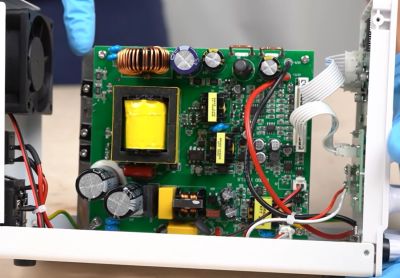These days, if you are in the market for a capable digital voltmeter, you might as well consider getting one with an oscilloscope built-in. One choice is the Owon HDS160, which [Kerry Wong] covers in the video below. The model is very similar to the HDS120, but the multimeter in the HDS160 has more counts–60,000 vs 20,000 as you might expect from the model number.
The internal chip is an HY3131, which is rated at 50,000 counts which is odd since the meter is 60,000 counts, but presumably the meter uses some capability of the chip, possibly putting it out of spec. The oscilloscope is the same between the two models. Almost everything else works the same, other than the capacitance measuring feature, as the video shows.
The difference in cost between the two units isn’t much, so if you are shopping, the small extra cost is probably worth it. Not that a 20,000 count meter isn’t perfectly fine for most normal uses.
[Kerry] really likes scopemeters. He gets excited about bench scopes, too.
Continue reading “The Owon HDS160 Reviewed” →

















